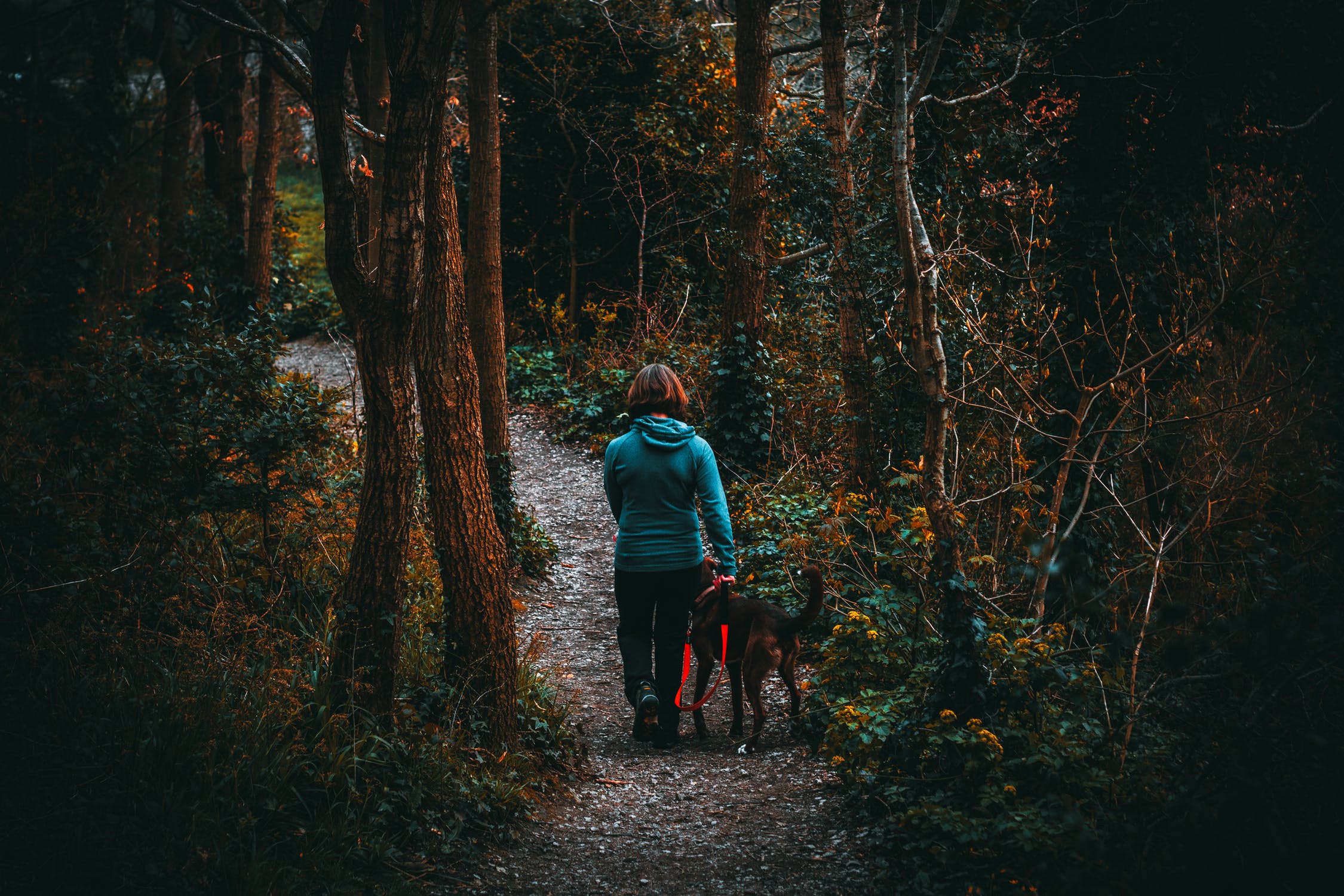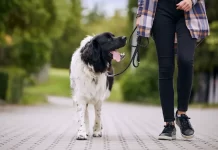Adventure-loving dog owners often fear to bring along their pooches on the tour and camping. But, my personal travel experiences with Leo have widened my vision towards life. The way your Fido explores, enjoys and accepts the stranger’s land, it’s entertaining to watch!
Dogs know how to make friends wherever they go. There’s no language barrier when it comes to the expression of love and excitement. Not only that, some dog breeds protect you in times of challenges. They are faithful companions who never let you be alone.
Here are some do’s and don’ts of safe camping experiences with dogs:
The Dos:
- Visit the Vet:
Before you set off on your tour, visit the vet to have a complete check-up of your pooch. Preventive measures for bugs, fleas, ticks, etc. should be asked for from the veterinary. Know how to identify allergies, and the cure for allergic reactions, the dosage, etc. If the dog is hypoallergenic, you can take with you some of these LTHQ chosen foods for allergies. Ask for details from the vet.
- Take Dog Essentials:
Along with basic packing essentials like first aid box, water bottle, dental chews, food bowl, etc. don’t forget to take dog carrier (if you have a small dog) or a dog crate (for large dogs). Dogs can feel uncomfortable at new places, so take his bed and some favorite toy or cloth having your smell to make him feel at home.
- Beware of Wild Animals:
Supervise your dog while hiking or walking on a trail as most of the wild animals such as raccoons, bears, and rabbits, etc. live near the trail and camping spots. Keep them away from exploring holes, bushes, and wild plants.
Wild plants can cause severe allergies, and your pooch is unaware which one does. So, recall training should be solid before you set off for camping.
Moreover, the area famous for snakes should be avoided altogether. Even if you opt to go there; try to avoid grassy patches.
- Follow the Walk-Trails
Following the walking trails should be a priority to avoid risks. Rocky, pricky and bushy paths can harm your dog’s paws. If there are some rough or watery paths, invest in comfortable booties to save the pain of your pooch. Fruits of the wild like berries etc. should be strictly avoided as the Fido might try to taste them.
- Safe Place to Sleep:
Be sure of selecting a safe place for your pooch because nocturnal animals are attracted in the darkness. There can be spiders and snakes around, so make the dog sleep in your tent or your car’s trunk inside the dog crate or carrier.
- Carry Lots of Water:
Take plenty of water to drink, and do your research on water refilling stations along the path. Provide water to the pooch frequently to avoid dehydration. Don’t let him drink from pools or streams as harmful bacteria can cause stomach disorders.
The Don’ts
- Keep them Off-Leash:
Never leave your dog off-leash after considering all the pros and cons mentioned above.
Collars are an important factor here as well as the leashes and harnesses. GPS tracker collars are convenient for touring in open or crowded spaces as there are chances for the dog to get lost. There are glow collars that help you see your dog in the dark during play with other pooches. Retractable dog leashes allow your dog to explore the surroundings with ease, but they are good for open and safe areas. Harnesses are best for untrained or aggressive dogs to keep them under control.
- Leave the Fido Unattended:
Never leave your pooch unattended. Never leave them inside the cars alone. During storms or rains, keep them close to you as they may get frightened by the thunder. Get them into the crate/carrier whenever you are leaving for a while.
- Go for Extra Long Walks:
Never walk for an extended period without taking breaks. If your dog is not used to long walks, he can experience heat exhaustion. If your pooch is panting heavily, stop for sometime; let him have food and water to regain strength and energy. Dogs with long hair are more prone to overheating.
- Stay Near the Ponds/Waterfalls:
It’s better to stay away from ponds, streams, and waterfalls if your dog doesn’t know how to swim. If he is trained enough, don’t leave him alone in the water as there can be pointy rocks beneath and the water current can interrupt with the Fido’s swimming ability.
- Allow the Dog Near Fire:
Fire and water are two dangers to avoid. Long fur of dog can catch fire quickly. If you are using petrol, etc. to start a fire, keep the pooch away from the fluids and fire to avoid accidents.
If you’ll keep in mind all the do’s and don’ts mentioned above, your camping experience is going to be memorable, fun, and trouble-free.
Author Bio:
 James is a part-time dog-trainer and dog behavior consultant with years of experience in dog training and the man behind LabradorTrainingHQ.com. He is interested in finding out fun ways to handle dog behaviors, specifically, Labradors to help dog-owners enjoy their companions at all times.
James is a part-time dog-trainer and dog behavior consultant with years of experience in dog training and the man behind LabradorTrainingHQ.com. He is interested in finding out fun ways to handle dog behaviors, specifically, Labradors to help dog-owners enjoy their companions at all times.



















